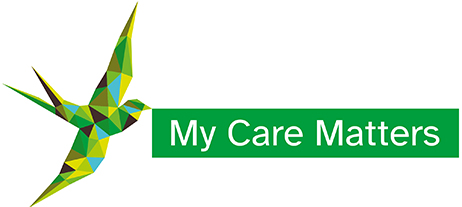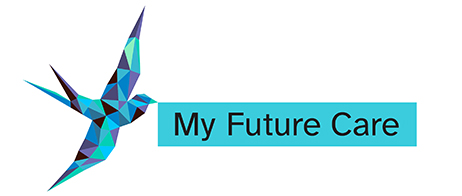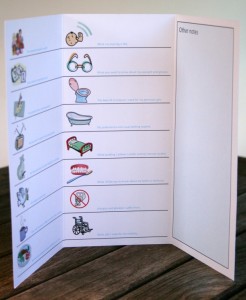No products in the basket.
Why use pictures?
“Of all of our inventions for mass communication, pictures still speak the most universally understood language.” said Walt Disney.
Well, he would say that wouldn’t he. But the point he’s making is a serious one, and that was what I was rather clumsily trying to explain to a care home manager recently, when she asked why we bothered with the symbols on our charts. Of course, anyone can stick a white board on the wall and write up the information a carer needs. But are they really going to scan through everything to find the bit that would help them at that moment?
I used to work in print and marketing in a previous career and I was taught many years ago that we have lazy eyes. We need continual stimulation to make the effort to keep reading. That’s why even the most exciting page-turner needs paragraphs. And how many times have you taken a quick look at what promises to be an interesting magazine article only to decide you just don’t have time to plough through it? A different typeface or layout might have given you the encouragement you needed… perhaps a picture to break up the text.
In using symbols on our care charts, not only are we making it quicker for carers to find a specific piece of information they need about an individual, but we’re encouraging them to read on. Perhaps they’ll find some information that provides an opportunity for a conversation with the resident, maybe it will prompt them to update an entry so as to inform other carers. And underpinning it all is the reminder that each individual has a unique set of needs that a carer needs to know about if they are to offer dignified and person-centred care.
The principles are the same for our Because-I-Care Daily Prompt Posters. Would the words have the same effect by themselves? After all, the images we’ve chosen aren’t exactly informative. But they are eye-catching, fun and memorable. They drive home the message that the words impart.
If you think there are other symbols we should include on the charts please let us know, either by leaving a comment below or by emailing feedback@carechartsuk.co.uk



